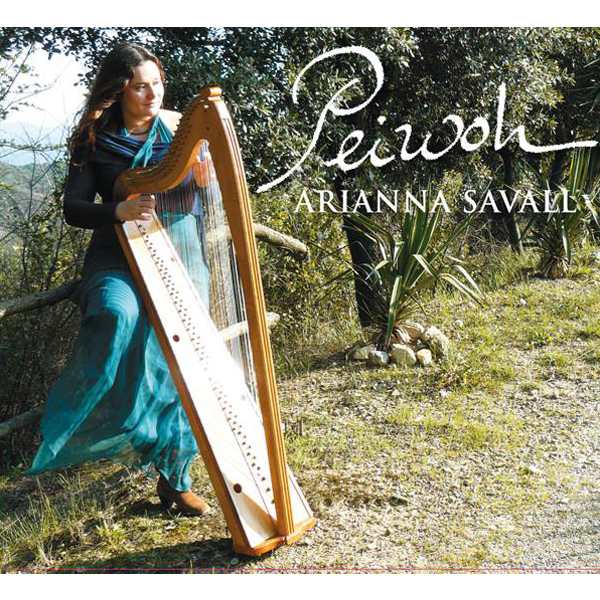PEIWOH
Arianna Savall
Arianna Savall
15,99€
Long ago, in the East, the harp was born: a bow and five strings embraced by human hands… Persia, Egypt, Greece, Celtic culture and Asia were its cradle. The Taoist tale of Peiwoh reveals the mystery of art as a magical process, and tells us how once, long ago, artistic creation was experienced as a sacred act. This metaphor of the harp teaches that each of us can be transformed into a tree and become a harp, an instrument, allowing music to fill our body and our soul. In Zen philosophy, the sense of emptiness is fundamental if we are to fill ourselves afresh with life; before we can breathe in fresh air, we must expel the air we have in our lungs; thus, emptying ourselves like the harpist Peiwoh, we can fill our being with new air, with music which flows through us as if we were the strings of a harp, vibrating to the sweet breath of a breeze, becoming an aeolian harp, the harp of the wind.
Peiwoh represents a breathing-in of various traditions which have helped me to create and give expression to my musical world, and one of the sources on which I have drawn most deeply is early music and the art of improvisation: an infinite source of inspiration. From the time that I began to compose and sing songs, it became more and more natural to me to accompany myself on the triple harp, and I was fascinated by the depth and subtlety of the Italian Baroque harp. It has a rich, enveloping sonority which is unlike that of any other harp. Although originating in the Baroque period, it has a very modern, richly chromatic sound palette which is ideally suited to the spirit of my songs, gently caressing the voice without ever overpowering it. There are moments on the album when we hear a small Gothic harp, with its warm, remote and yet direct sound; and the most ancient of them all is a Celtic harp, with its magical, ancestral sounds. I am grateful to Rainer Thurau and Franz Reschenhofer for their great creative skill, which has enabled me to share and forge new paths and experiences with these wonderful instruments. Another of my sources of inspiration is traditional music, with its close links to early music! Nor can I forget my early, long apprenticeship in the world of Classical and Romantic music.
+ information in the CD booklet
ARIANNA SAVALL
Bellaterra, 8th March, 2009







Share